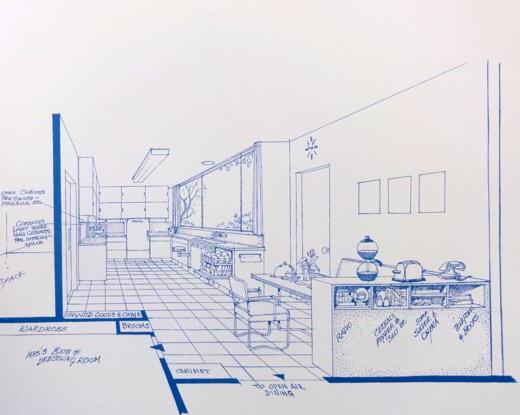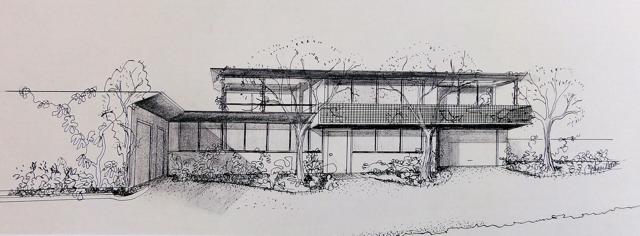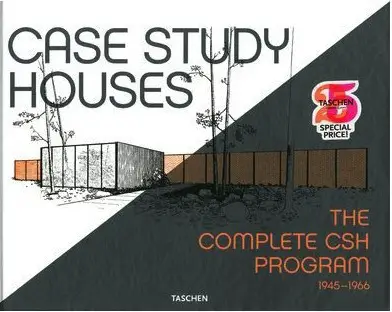After the first tips on how to chose your perfect mid century modern house, today Mark will go on describing the key elements you have to take in to count to decide if a mcm house is actually a bargain or not!
Mark Says:
Well friends, if you saw last article, then you should have a fair idea of the basics of mid century modern home shopping. Now let us take some action. There are two people who can be of utmost assistance in this phase: your buyer’s agent –realtor– and a certified home inspector. Let’s start with the realtor. This should be someone at least somewhat familiar with the mid-century aesthetic, and preferably expert in it. A little time spent here, seeking out the right agent, will save you much heartache later. Check at the end of the post for some suggestions.
Not sure where to start..? Well, right here, online, is a good place to start. There are many realtors who specialize in mid-century architecture. You need someone who understands mid century modern design, someone who knows the differences between minimalist, post modern, ranch-style or any number of designs/looks that fall under the mid century modern umbrella and can assist you in choosing the right home: we’ll get into detail on the various styles in our next post.
Ask for references, have they helped other people in your area to find the mid century modern home just right for them ? Check different mid century modern sites, many realtors in various locations advertise there. Even if you can’t find one near you, contact one that you feel comfortable with and ask for a referral in your area; if there are none near you or this is your first mid century modern purchase and you’re not sure what’s even right for you, bring in some photographs or mid century modern magazines to give the local agent an idea of what to look for.
A real estate purchase of any kind involves mountains of paperwork. Before you sign anything, especially offers, have a home inspector look over the property: not that you wouldn’t be capable, but they are trained in what to look for. A good inspector is an invaluable resource.
They will crawl under the house, in the attic, up on the roof, and other places you would likely not have access to, mostly due to liability issues. Lean on their expertise.
They know what to look for and will provide you with a detailed report indicating any deficiencies in the property, so you can make an educated decision. Things like structural integrity, plumbing systems/fixtures, electrical systems, roofs ,and illegal/shoddy remodels/additions are primary areas they will look at.
Don’t let this faze you. If any minor deficiencies are found, you can use them as a bargaining tool.
Any major problems, such as foundation issues, structural cracks or severe termite damage should be causes for concern. Take your home inspector’s advice, and consult a contractor if necessary. A good rule of thumb for finding contractors is to start with older, established businesses and those that provide “restoration” services. “Angie’s List” is also a good reference for trade-related services.
Next time, we will examine some different mid century modern styles, their differences, and find out which will be right for you..!
The pics in this article are drawings for the CSH #1 designed by Julius Raphael Davidson in 1945.
You can find these, and many more photographs about the CSH Program in the book Case Study Houses – The Complete Program a must have guide to the iconic architectural project organized by the magazine Arts and Architecture between 1945 and 1966.
Check the book now here if you do not have it already!


